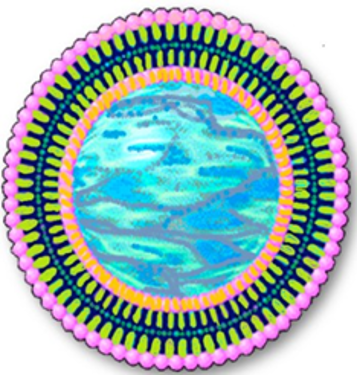Abstract
Liposomes are increasingly popular as drug carriers due to their versatility. These are the most widely investigated carriers among the controlled drug delivery systems used in cancer therapy. Drugs and other pharmaceuticals encapsulated in liposomes show increased efficacy due to their effective protection from external environments as well as sustained and site-specific delivery than conventional formulations. The phamaco-dynamics and pharmacokinetics properties are altered for the liposomal delivery system, which on the whole lead to an increased therapeutic index with decreased toxicity. Various methods are adopted for their production from lab scale to industrial scale. Liposomes are also classified as different types based on their composition, methods of preparation, size and application. The liposomal formulations are assessed for various in vitro characteristics before their in vivo study. In this review, we will primarily discuss about various types of liposomes, composition, properties, different methods of their preparation, important evaluation parameters with an elaborated discussion on their applications in drug delivery research. We believe this concise review will be helpful to gather the basic understanding and some up to date idea on liposomal delivery system.
Full text article
Authors

This work is licensed under a Creative Commons Attribution-NonCommercial-NoDerivatives 4.0 International License.

